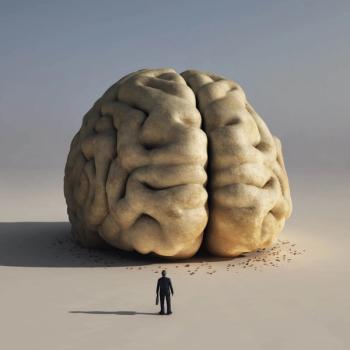
Does Having Sleep Apnea Matter Prior to Deep Brain Stimulation in Parkinson Disease?
In this new study, researchers examined 50 patients with PD, including 22 with sleep apnea and 28 without; patients were examined both before and after deep brain stimulation.
For patients with Parkinson disease (PD), the surgical technique of deep brain stimulation (DBS) can offer the chance to relieve symptoms and maintain daily activities for a longer stretch than would be possible without the procedure. But which patients with PD make good candidates? A recent study appearing in the journal Sleep Medicine sought to answer whether those who already have sleep apnea can still be candidates for successful DBS.
The procedure involves implanting electrodes within certain areas of the brain; these devices create electrical pulses that regulate abnormal impulses and may also affect certain cells and chemicals in the brain. The procedures is not without risk but
The research team created profiles of each patient, assessing their motor skills, non-motor symptoms and quality of life both pre- and post-procedure.
Across the entire group, 44% of the patients started with mild sleep apnea and 22% had at least moderate sleep apnea, based on ratings on the Apnea-Hypopnea Index. The 2 groups had equal demographics and PD characteristics and were similarly rated on the section of the unified Parkinson disease rating scale (UPDRS) that measures motor experiences of daily living; they were also matched in body mass index, depression, and other key measures.
However, the group with sleep apnea had higher scores on the UPDRS section that measures motor examination (41.1 vs 30.9, P < .05). This confirmed earlier studies that patients with sleep apnea had decreased motor disability based on ratings of the section of UPDRS that measured those functions.
The groups did not differ in measures of their post-DBS change on either scale, or the Epworth scale measuring sleepiness. Quality of life, motor signs and sleepiness improved for both groups of patients, and both groups were able to reduce the amount of medication needed after surgery.
“In patients with PD and candidates for DBS, the presence of [sleep apnea] is associated with increased motor signs, but not with a specific non-motor, [quality of life] or sleep-wake profile,” the authors wrote. Thus, they concluded that having sleep apnea prior to surgery would not affect the outcome or produce a worse outcome.
“This is the first study that compared the [surgical] outcome between PD patients with and without [sleep apnea] at baseline and investigated the predictive value of [sleep apnea] for motor, non-motor and quality of life outcome after subthalamic stimulation,” they wrote.
However, the researchers noted their patients had mild to moderate sleep apnea, and that “it cannot be excluded” that the same results would have been seen in a group with more severe sleep apnea.
Reference
Bargiotas P, Bargiotas I, Debove I, et al. Sleep apnea syndrome and subthalamic stimulation in Parkinson’s disease. Sleep Medicine. 2021;86:106e112.
Newsletter
Stay ahead of policy, cost, and value—subscribe to AJMC for expert insights at the intersection of clinical care and health economics.







































